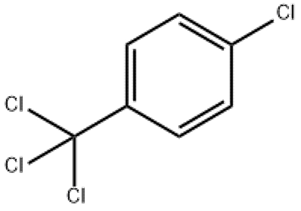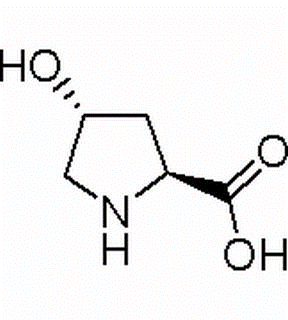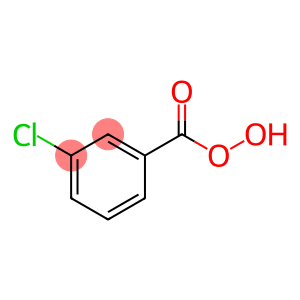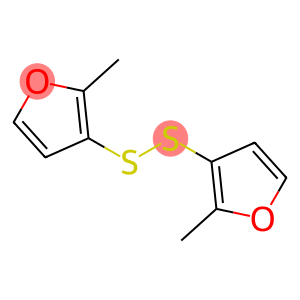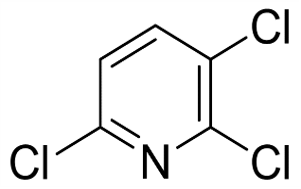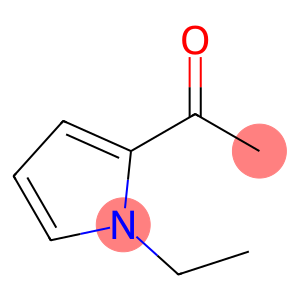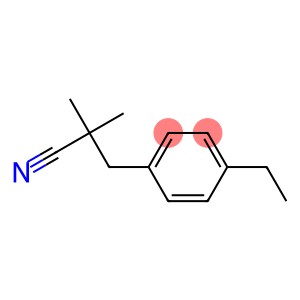4-Chlorobenzotrichloride(CAS# 5216-25-1)
| Hazard Symbols | T – Toxic |
| Risk Codes | R45 – May cause cancer R21/22 – Harmful in contact with skin and if swallowed. R37/38 – Irritating to respiratory system and skin. R48/23 - R62 – Possible risk of impaired fertility |
| Safety Description | S53 – Avoid exposure – obtain special instructions before use. S45 – In case of accident or if you feel unwell, seek medical advice immediately (show the label whenever possible.) |
| UN IDs | UN 1760 8/PG 2 |
| WGK Germany | 3 |
| RTECS | XT8580000 |
| TSCA | Yes |
| HS Code | 29039990 |
| Hazard Class | 8 |
| Packing Group | II |
| Toxicity | LD50 orl-rat: 820 mg/kg EPASR* 8EHQ-0281-0360 |
Introduction
Chlorotoluene is an organic compound. The following is an introduction to its nature, use, manufacturing methods and safety information:
Quality:
P-chlorotoluene is a colorless to light yellow oily liquid with a pungent odor. It is insoluble in water and soluble in organic solvents such as alcohols, ethers, and aromatics. It is a stable compound with high thermal and chemical stability.
Use:
P-chlorotrichlorotoluene is mainly used as a solvent and catalyst. It has high solubility and catalytic activity in organic synthesis, and is commonly used in the synthesis of polymers, resins, rubbers, dyes and chemicals. It can also be used as a metal surface treatment agent and freezing medium.
Method:
p-chlorotrichlorotoluene is mainly prepared by the reaction of chlorotoluene with copper chloride. The specific reaction conditions can be optimized according to the actual needs.
Safety Information:
P-chlorotoluene can be harmful to human health when exposed and inhaled. It is irritating and can cause irritation and damage to the skin, eyes, and respiratory system. Wear appropriate protective equipment when using and avoid contact with skin, eyes, and respiratory tract. P-chlorochlorotoluene is also an environmentally hazardous substance, and relevant regulations and standards should be followed when handling and disposing of it to avoid environmental pollution. During storage, care should be taken to avoid contact with oxidants and combustibles, and at the same time prevent the presence of high temperatures and ignition sources.


